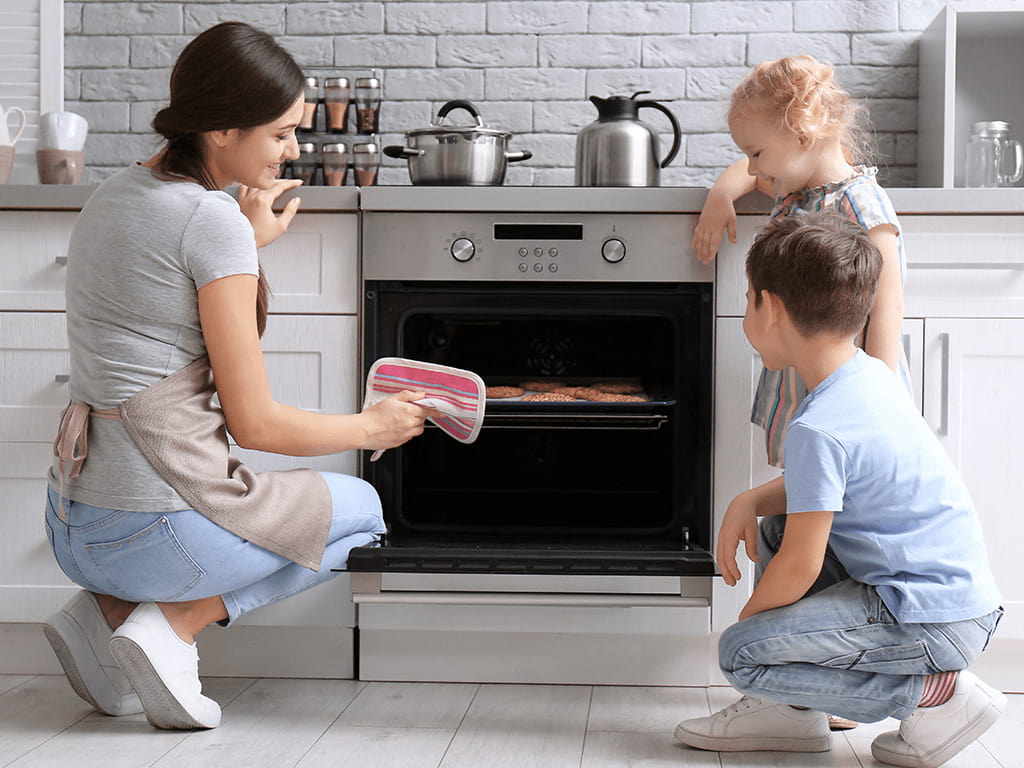Cooking more with less energy

Have you ever wondered if cooking all your meals in the microwave or slow cooker would save tonnes (actually MWh!) of power? We’ve been cooking more during the colder months and decided to audit the common cooking methods.
Induction Cooktops
Induction cooktops are highly efficient as they use magnetic fields to directly heat the cooking vessel, wasting very little energy in the process. Induction cooktops heat up quickly and provide precise temperature control, making them an energy-efficient choice for Australian households.
Pressure Cookers
Pressure cookers are excellent for energy-efficient cooking at home. By cooking food in a sealed environment with high pressure, they reduce cooking times significantly. This not only saves energy but also helps keep the kitchen cool, which can be beneficial in warmer climates.
Slow Cookers/Crock-Pots
Slow cookers use low wattage and long cooking times, which is ideal for tenderizing vegetables or tougher cuts of meat while minimizing energy consumption. Slow cookers are also particularly useful during hot weather, as they produce less heat compared to other cooking methods.
Microwave Ovens
Probably the most divisive and misunderstood appliance in the kitchen Microwave ovens heat by causing molecules to spin under the influence of a constantly changing electric field, rather than heating the surrounding air. This process results in quicker cooking times and reduced energy consumption. A personal favourite for reducing food waste and saving energy!
Toasters
Toaster ovens are a good option for energy-efficient cooking in Australian homes, especially for small to medium-sized tasks. They preheat faster than conventional ovens and require less time to cook, making them an efficient choice for baking, toasting, or heating up smaller quantities of food.
Electric Kettles
Electric kettles are highly efficient for boiling water in Australian homes. They are designed to heat water quickly and automatically shut off once the boiling point is reached, preventing energy waste. Electric kettles are useful for making hot beverages or preparing water for cooking purposes.
Electric/Gas Ovens
For particular meals (roasts!), some say an oven is a must, but they are particularly energy hungry appliances. For day-to-day cooking use an electric fry pan, pressure cooker or microwave oven where possible.
Gas Stovetops
Gas stovetops are being phased out but are still common in Australian homes and offer instant heat and precise control. While not as energy efficient as induction cooktops or microwave ovens, gas stovetops are still more efficient than electric coil burners.
Electric Coil Burners
Becoming less common, older Electric coil burners are less energy-efficient compared to other options on this list but can still be found in some homes. While they may take longer to heat up and cool down, using them efficiently and with the right cookware can help minimize energy waste.
Remember that energy efficiency can vary based on specific appliance models, usage patterns, and matching the cookware to the heating elements. Additionally, practices like using lids on pots and pans, choosing the right-sized cookware, and minimizing preheating time can further enhance energy efficiency while cooking.
Further Reading
Reduce cooking appliance costs at home | Sustainability Victoria
